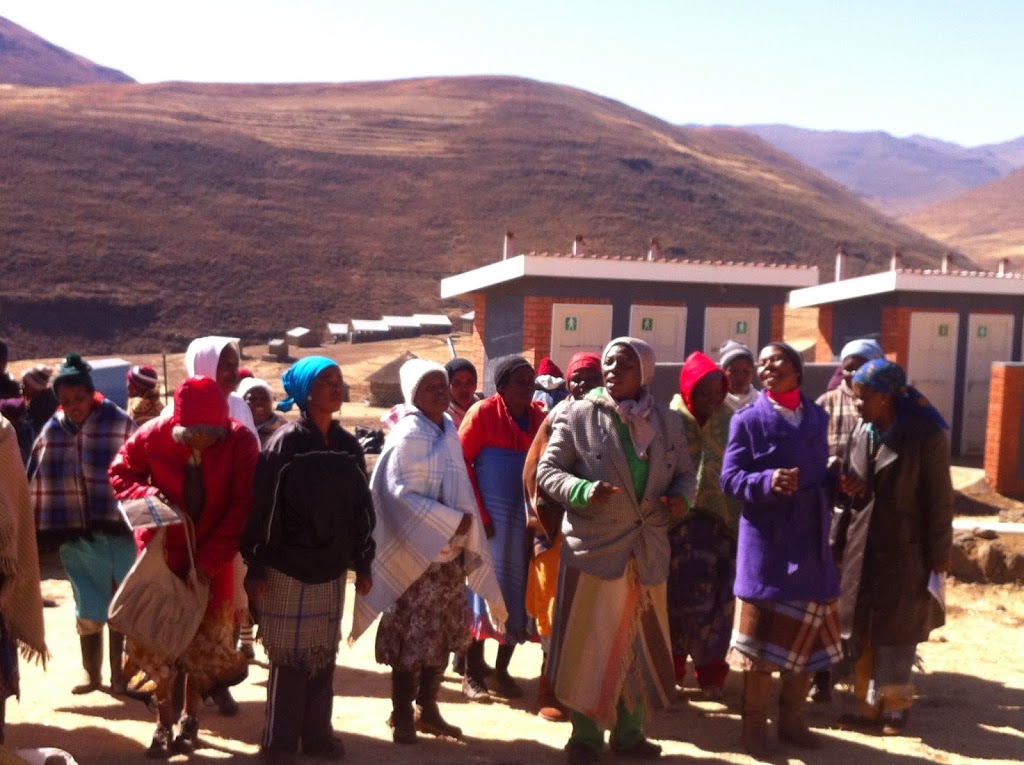An important role for any NGO is to strengthen their collaborations with local partners. TTL maintains partnerships with several different community groups, including hospital and clinic staff, local government officials, and other NGO staff. One of our most important partnerships is with the Village Health Workers (VHWs) who serve their home communities in rural and hard-to-reach areas across Lesotho.
VHWs act as the first points of contact for those whose access to health services can be challenged by remote locations and costs associated with transportation. In an effort to provide rural children and families with frontline health service, the Government of Lesotho has recruited a dedicated group of volunteers to provide health information and service recommendations for rural communities. VHWs are trained to recognize signs and symptoms of various common medical conditions, to counsel mothers on options to maximize healthy and safe pregnancies and deliveries, to monitor the health status of adult and child community members and to provide health service recommendations, based on level of severity, including urgent or non-urgent referrals to the local hospital or clinic. These Basotho men and women recognize the fundamental right of every person to access health care and health education, and they provide this service without compensation.
TTL supports the enormous efforts of the VHWs by providing monthly training sessions in alternating clinic catchment areas around Mokhotlong and Thaba-Tseka districts. By sharing critical health knowledge with the VHWs, TTL encourages them to react confidently and appropriately when consulted on child health situations in their communities. With an expanded knowledge base, VHWs can provide an enhanced level of care and identify health complications before they become acutely problematic.
In July, a TTL-run VHW training took one TTL Outreach staff member, the TTL Managing Director, and a TTLF Fellow out to Manemaneng Health Clinic, about 2 hours away from the TTL campus. A group of almost 50 VHWs walked from areas near and far to attend and welcomed TTL with song. They then turned their attention to ‘M’e Mamosa, who explained in detail how to recognize the signs and symptoms of acute malnutrition in children under five. This training expanded on the one held in June for identifying acute childhood malnutrition by assessing anthropometric measurements using tools such as weighing scales, length boards, and MUAC tapes to measure Mid Upper Arm Circumference. The attendees were engaged participants and glad to part with improved knowledge and skill for taking on the task of preventing and monitoring acute malnutrition. Supporting the health of an individual child is not a job for the family alone – it really does take a village.
The TTLF Fellow is a representative of the North American organisation The Tiny Lives Foundation. Based for one year in Mokhotlong, Lesotho, the TTLF Fellow serves in an administrative support capacity for the Basotho charity TTL.


0 Comments